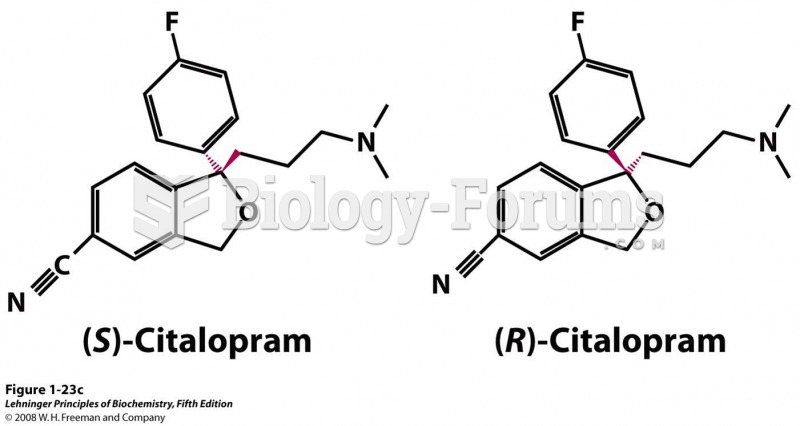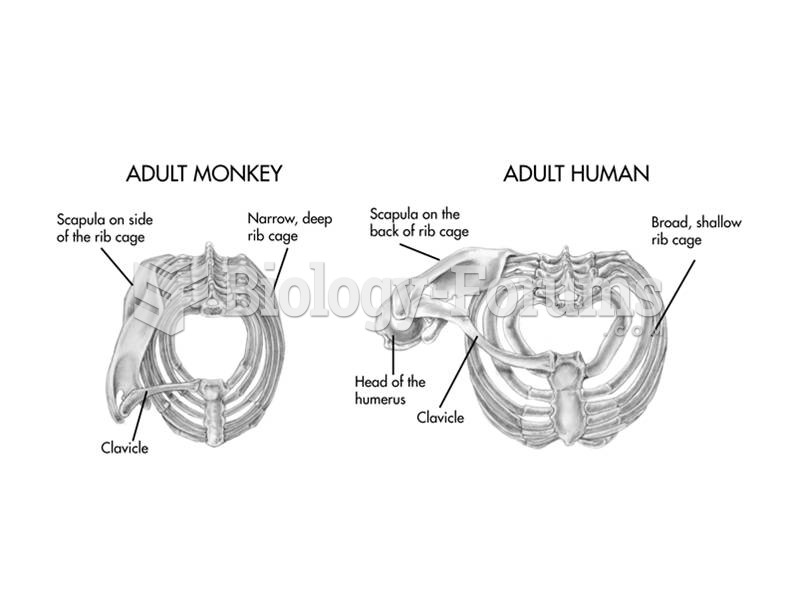How many different aldols (hydroxyaldehydes), including constitutional isomers and stereoisomers, are formed upon treatment of butanal with base?
a.
1
b.
2
c.
3
d.
4
Question 2Instructions: The Stork enamine reaction is a variation on the Michael reaction that utilizes an enamine nucleophile. Use this information to answer the following question.

Refer to instructions. Draw the structures of the ketone and amine products of this reaction.
Question 3Instructions: Draw the structures of the precursors to the Michael reaction products shown in the question(s) below. Label the Michael donor and the Michael acceptor in each case and formulate the reaction.
Draw and label:

Question 4Instructions: Draw the structures of the precursors to the Michael reaction products shown in the question(s) below. Label the Michael donor and the Michael acceptor in each case and formulate the reaction.
Draw and label:

Question 5Instructions: Draw the structures of the precursors to the Michael reaction products shown in the question(s) below. Label the Michael donor and the Michael acceptor in each case and formulate the reaction.
Draw and label:

Question 6Instructions: Draw the structure of the product you would expect to obtain by Claisen condensation of the esters shown in the question(s) below. If an ester does not undergo Claisen condensation, explain why it does not.
Draw and explain:

Question 7Instructions: Draw the structure of the product you would expect to obtain by Claisen condensation of the esters shown in the question(s) below. If an ester does not undergo Claisen condensation, explain why it does not.
Draw and explain:

Question 8Instructions: Consider the reaction below to answer the following question(s).

Refer to instructions. This reaction is an example of:
a.
a mixed Claisen condensation.
b.
a Dieckman condensation.
c.
a Michael reaction.
d.
a mixed aldol reaction.
Question 9Instructions: Consider the reaction below to answer the following question(s).








